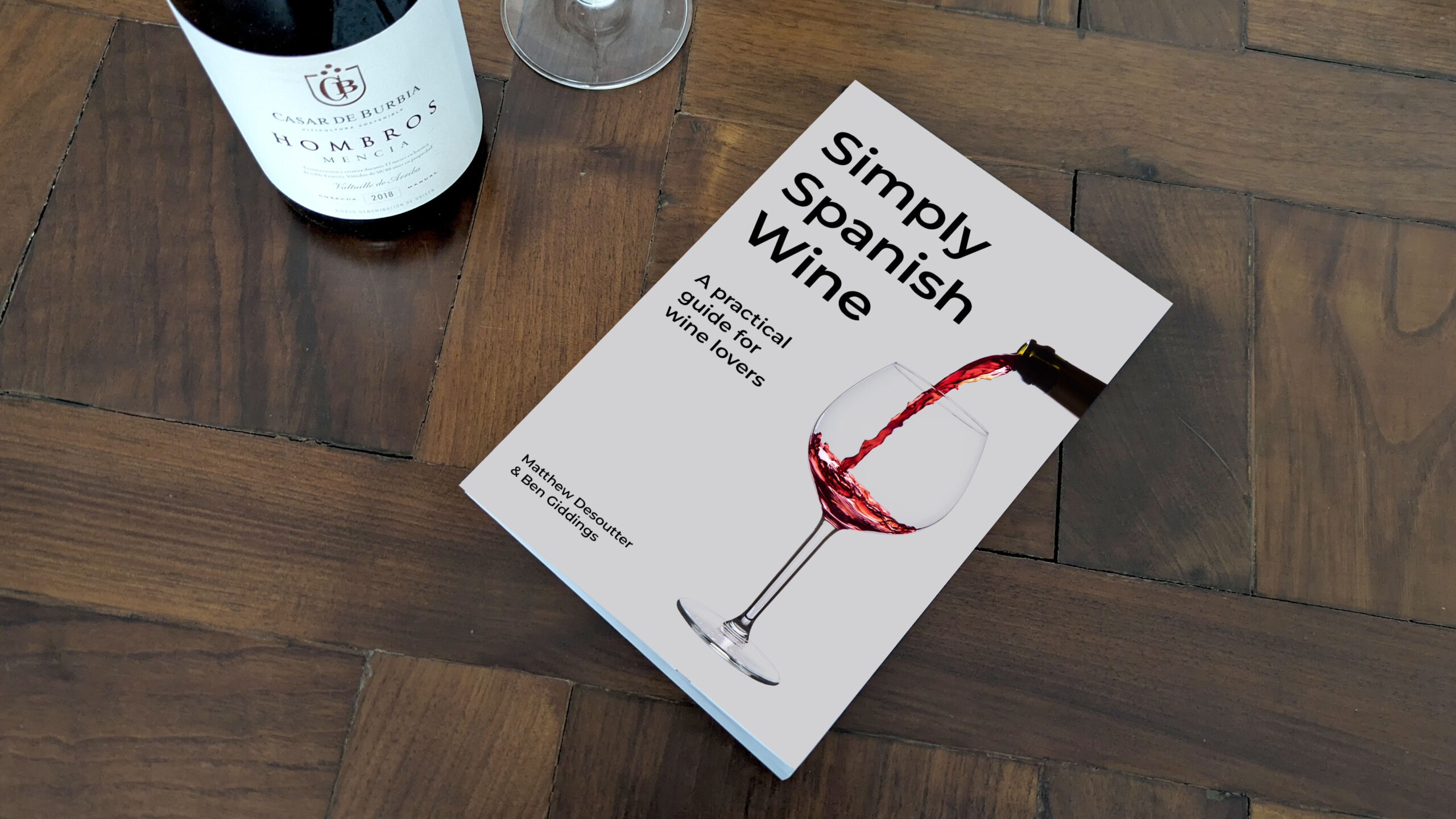
Simply Spanish Wine
A practical guide for wine lovers
“I like wine but I’m not an expert”
If that phrase sounds familiar, then this book is for you.
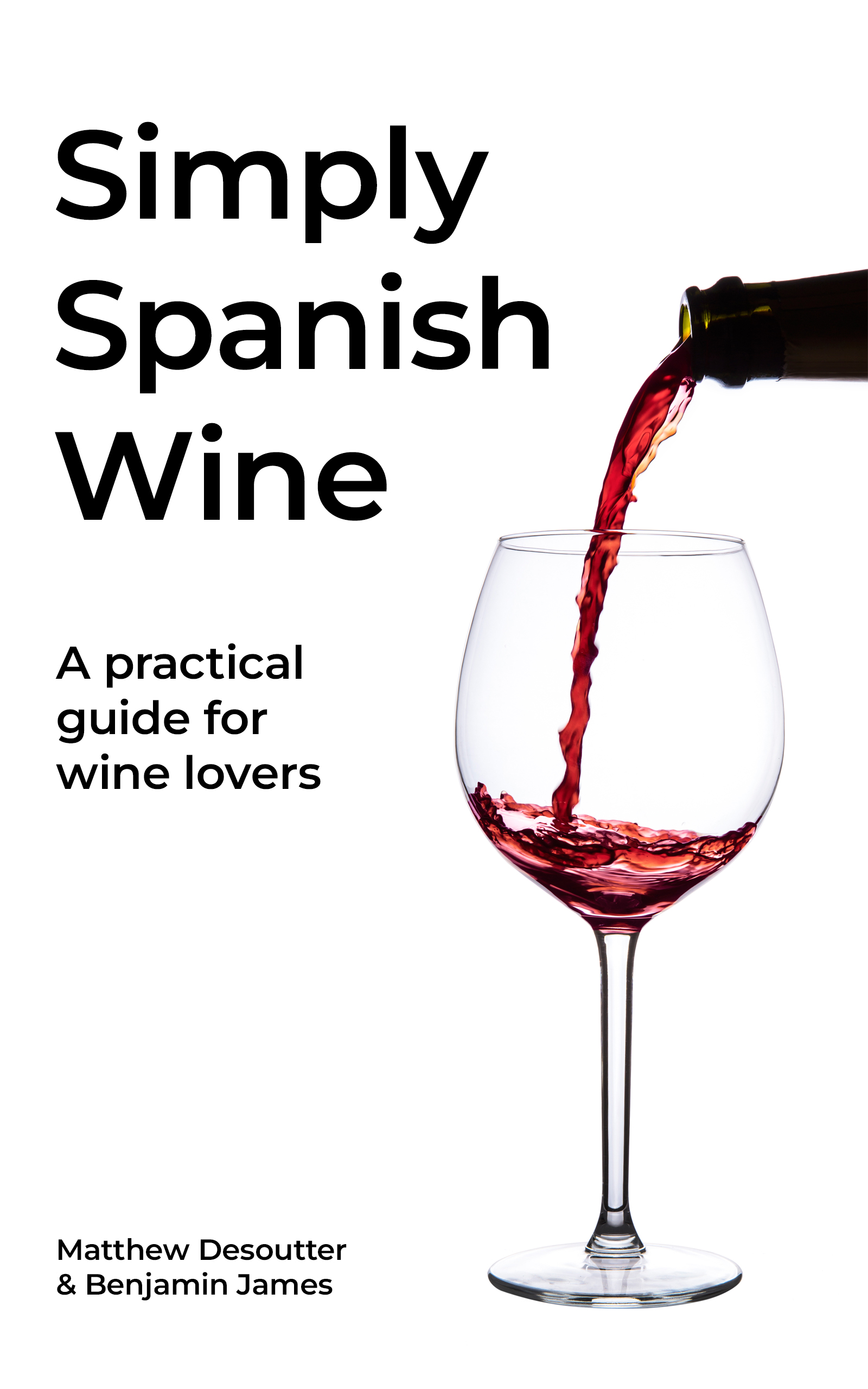
Matthew Desoutter and Benjamin James are two British wine entrepreneurs who have made Spain their home. And they’re on a mission to open up Spanish wine to the world in a way that’s easy to understand. In this invaluable volume, they explain that wine is not a ‘posh’ drink for the elite, it’s an agricultural product for everyone. And you shouldn’t need to pass an exam to enjoy a glass of it.
Available on Amazon US, UK, Spain, Germany and more!
What you’ll get
With clear writing and an easy-to-understand style, this book will give you a solid grounding in:
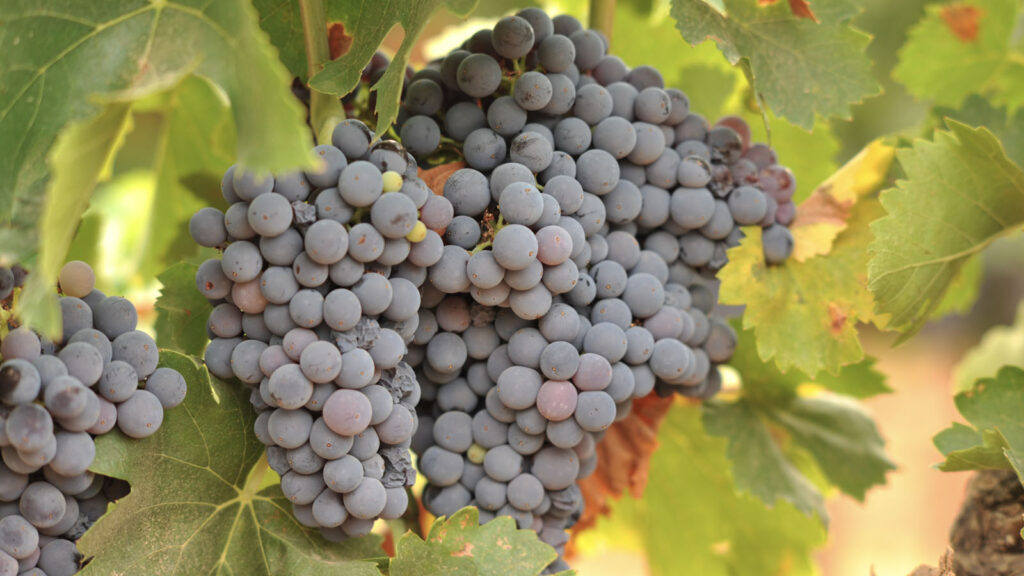
Spanish wine grapes
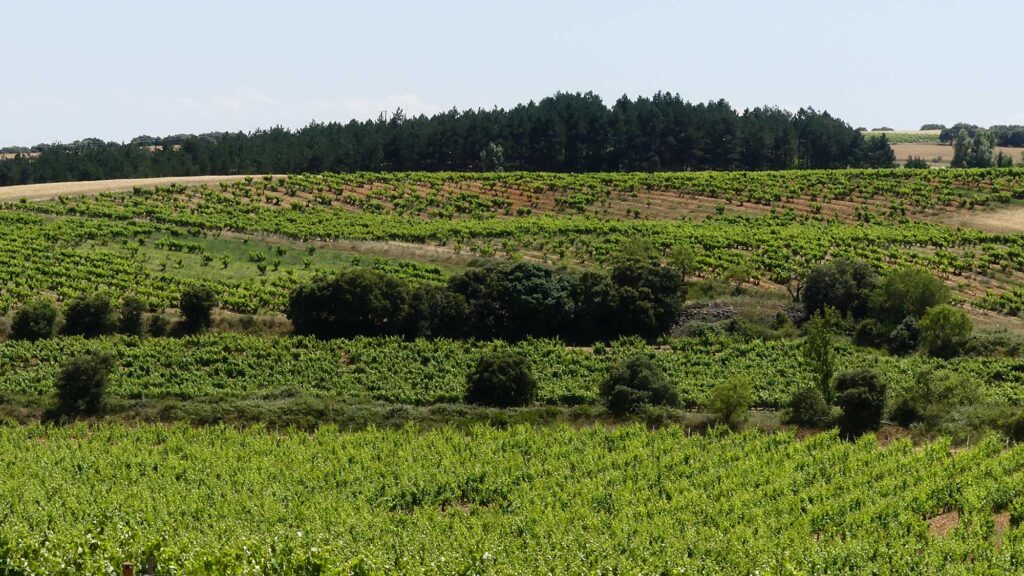
Spanish wine regions
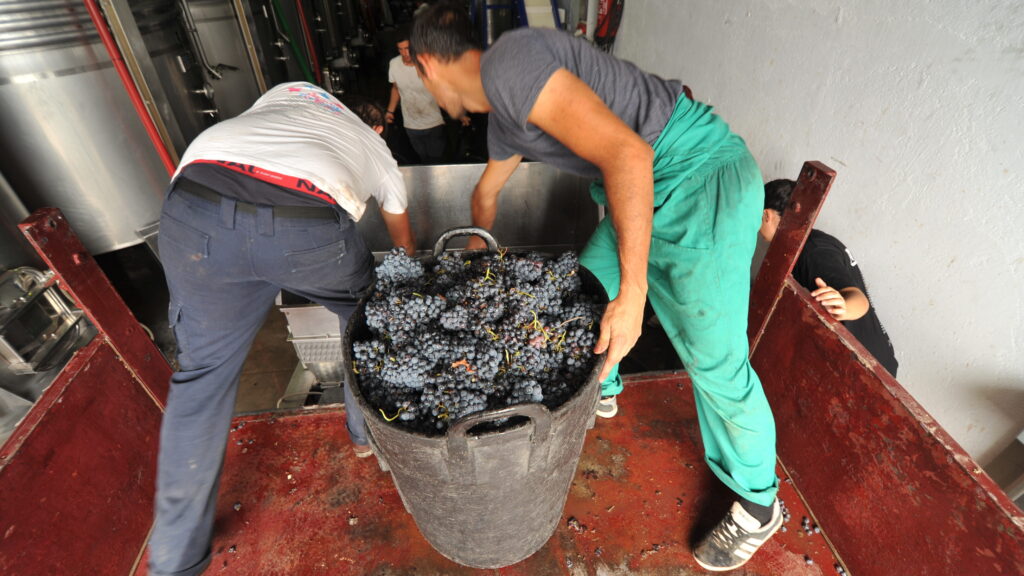
How wine is made
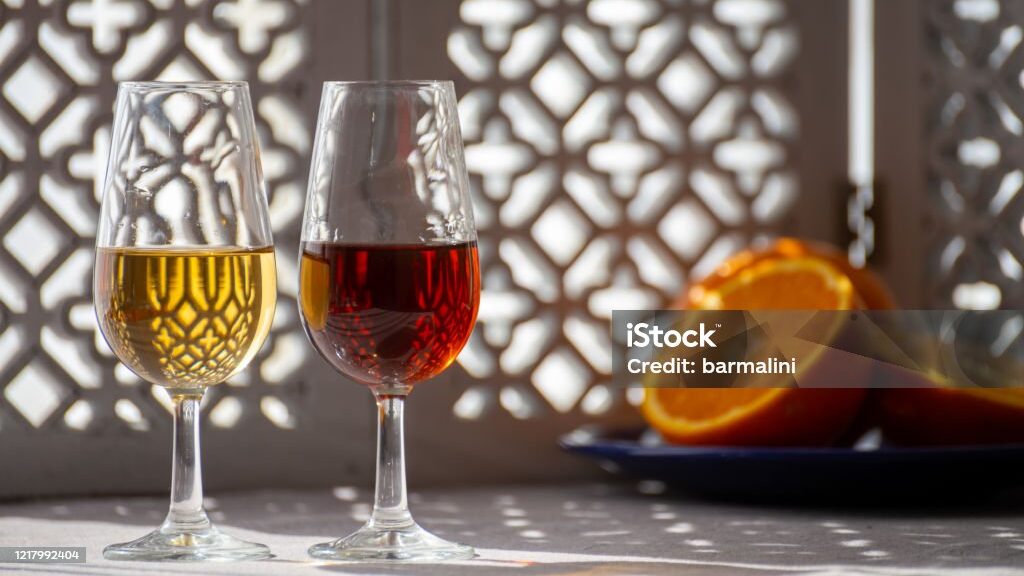
Sherry
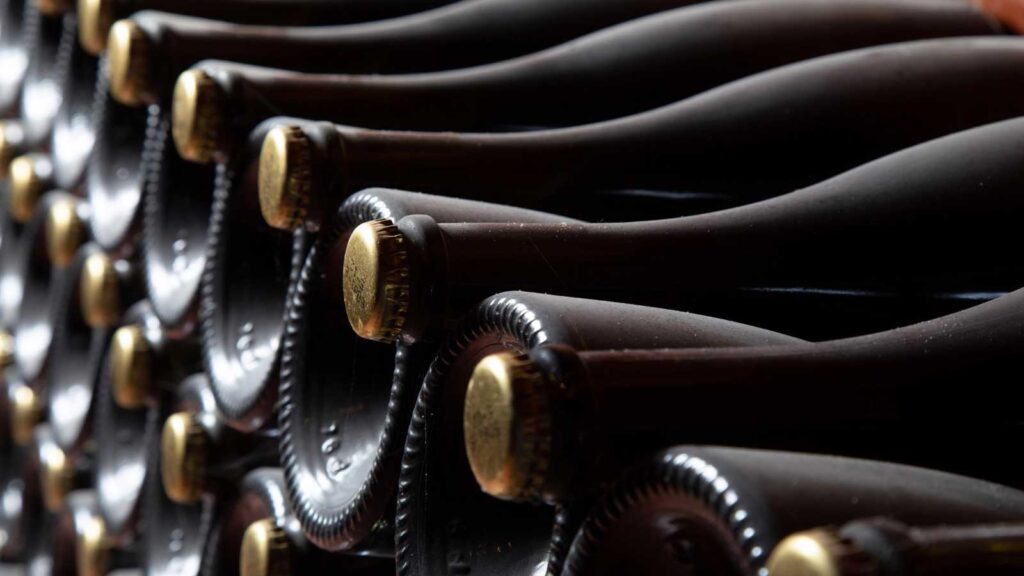
Cava

Organic wine
…and a bit about climate and geography – but not enough to make your head spin.
You won’t get overloaded with facts and figures. But you will build up enough knowledge to feel confident choosing your next bottle of wine. It’s Spanish wine made simple.
And once you’ve taken your first steps, you’ll be sure to fall in love with the great wines that Spain has to offer.
“I recently bought this book and am delighted by its clear no fuss approach; no pretentious mumbo-jumbo so often found in wine circles, but concise descriptions of the regions, the wines and the wine making process employed to make Spanish wines so enjoyable. ‘Simply’ great!”
Get your copy
Grab a copy of our book and start your journey into the wonderful world of Spanish wine.
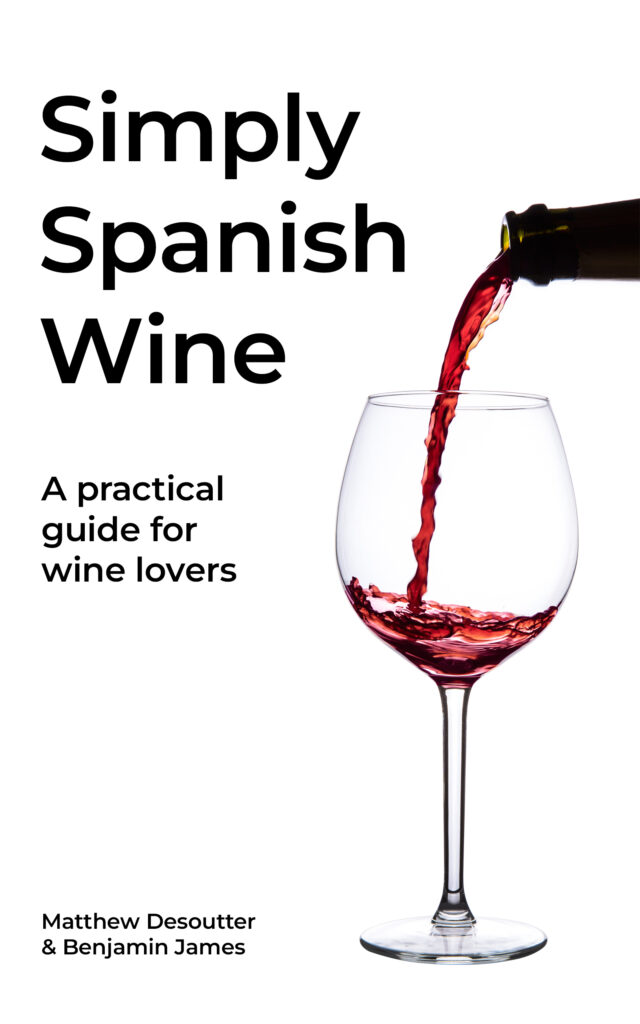
Available on Amazon US, UK, Spain, Germany and more!
